By Jeffrey Sanzel
It is an unlikely premise. In 1987, 16-year-old Pakistani Javed Kahn (Viveik Kalra) finds solace and encouragement in the words and music of Bruce Springsteen. Javed rejects the music of his own generation for the earlier work of the New Jersey native. And yet, it is “inspired by a true story.” “Blinded the Light” is based on Sarfraz Manzoor’s memoir, “Greetings from Bury Park.” Manzoor co-wrote the screen play with director Gurinder Chadha and Paul Maydea Berges. The result is a mix of comedy, drama, fantasy and an unusual approach to the musical.
 Growing up in Luton, England, Javed lives in a world plagued by racism, both small and large. Incidents involving the neo-Nazi National Front as well as the damage of Prime Minister Margaret Thatcher’s economic polices are very much present in his day-to-day life. Javed, who began keeping a diary at age 10, writes poetry as well as lyrics. His dreams are kept at bay by his very traditional father, Malik (Kulvinder Ghir). Early in the film, Malik loses his factory job, sending the family into a financial tailspin. His hope is that Javed will go into a real profession — doctor, lawyer, accountant — and is appalled and angered by Javed’s more esoteric hopes.
Growing up in Luton, England, Javed lives in a world plagued by racism, both small and large. Incidents involving the neo-Nazi National Front as well as the damage of Prime Minister Margaret Thatcher’s economic polices are very much present in his day-to-day life. Javed, who began keeping a diary at age 10, writes poetry as well as lyrics. His dreams are kept at bay by his very traditional father, Malik (Kulvinder Ghir). Early in the film, Malik loses his factory job, sending the family into a financial tailspin. His hope is that Javed will go into a real profession — doctor, lawyer, accountant — and is appalled and angered by Javed’s more esoteric hopes.
Introduced to the work of “The Boss” by a Sikh “dude,” Roops (an easygoing Aaron Phagura), Javed finds that Springsteen’s ideas speak directly to him. The songs are integrated throughout the film — sometimes as background, other times as actual numbers sung by the characters and occasionally shown through the lyrics circling in and out of Javed’s head. The result is mixed but makes its point. In addition to the title song, the film includes various versions of “I’ll Stand by You,” “Dancing in the Dark,” “Badlands,” “Hungry Heart,” “Born to Run,” “Thunder Road” and “The River,” among others.
At heart, “Blinded by the Light” is the story of a young man trying to find his identity. There is nothing complicated or deep about his struggle. Teenage angst has long been explored, and there is a distinctly John Hughes quality to much of the film. However, it is the darker and very real shades of prejudice that separate this from classic teen fare. The result is a two-hour diversion that is both honest and charming if short on surprises. In the end, it manages to make some real statements about intolerance and the power of the written word.
Much of this is due to Kalra’s endearing performance. Whether trying to navigate school, fighting with his traditional father, mooning over his crush — a rebellious Eliza (feisty Nell Williams) or trying to write lyrics for his friend’s, Matt (goofy-cool Dean-Charles Chapman) band, Kalra brings a wide-eyed reality, with every moment a discovery. Ghir shows a father in real pain, a man caught between two worlds. As Javed’s mother, Noor, Meera Ganatra, displays quiet strength and compassion. In a few short scenes, David Hayman brings a deeply touching arc as the stand-offish neighbor Mr. Evans, a World War II veteran who is moved by Javed’s poetry.
Sometimes the material sways toward the obvious. His teacher, Ms. Clay (Hayley Atwell) is the standard trope of supportive educator. A scene with Eliza’s conservative parents has an almost sitcom feel to it. There is a slightly forced takeover of the school’s radio station. There is a strange scene where Javed and Roops sing to some racist hooligans.
On the other hand, there are surprising glimpses into worlds unknown, most notably a secret daytime dance hall for British Pakistani students. And sister Yasmeen’s (Tara Divina) wedding day is both vivid and jarring. And, always, Kalra’s sincere Javed is at the center. Ultimately, the film presents an earnest hero in a sensitive and worthwhile coming-of-age story. Rated PG-13, “Blinded by the Light” is now playing in local theaters.
Photos courtesy of Warner Bros.

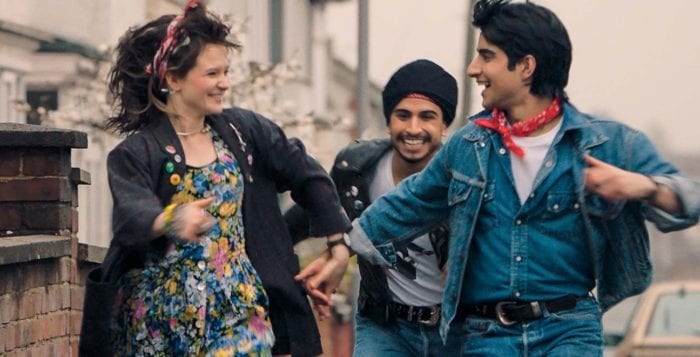
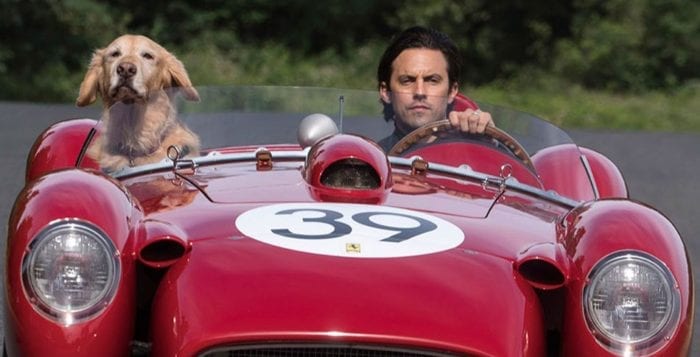
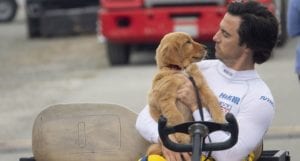 Now the book has been turned into a slightly rushed but not entirely ineffective feature film. Following the book’s plot closely, screenwriter Mark Bomback and director Simon Curtis honor the spirit and the structure if never quite capturing the underlying pulse. As with the novel, the story begins with the elderly Enzo and then goes back to Denny bringing Enzo home; Denny’s courtship of and marriage to Eve; the birth of their daughter, Zoe; Eve’s illness; and all that follows.
Now the book has been turned into a slightly rushed but not entirely ineffective feature film. Following the book’s plot closely, screenwriter Mark Bomback and director Simon Curtis honor the spirit and the structure if never quite capturing the underlying pulse. As with the novel, the story begins with the elderly Enzo and then goes back to Denny bringing Enzo home; Denny’s courtship of and marriage to Eve; the birth of their daughter, Zoe; Eve’s illness; and all that follows.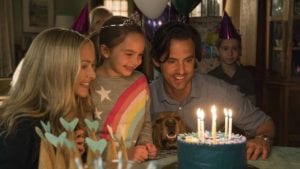 Milo Ventimiglia (from TV’s This Is Us) makes a sensitive and charming Denny. While not an actor of great range, what he does, he does well. He captures Denny’s warmth and earnestness as well as his passion for racing. He is wholly believable, finding joy and pain in Denny’s achievements and struggles.
Milo Ventimiglia (from TV’s This Is Us) makes a sensitive and charming Denny. While not an actor of great range, what he does, he does well. He captures Denny’s warmth and earnestness as well as his passion for racing. He is wholly believable, finding joy and pain in Denny’s achievements and struggles. And, second, Kevin Costner’s flawless voicing of Enzo is what ultimately pulls tautest on the heartstrings. Costner’s soothing rumble is the true soundtrack and one that will resonate long after the movie is over.
And, second, Kevin Costner’s flawless voicing of Enzo is what ultimately pulls tautest on the heartstrings. Costner’s soothing rumble is the true soundtrack and one that will resonate long after the movie is over.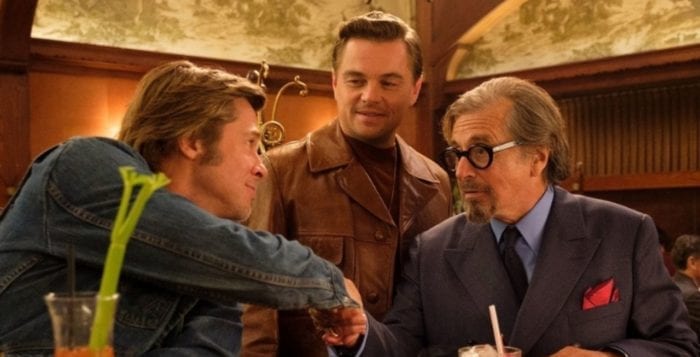
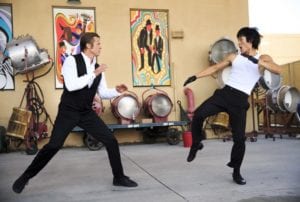


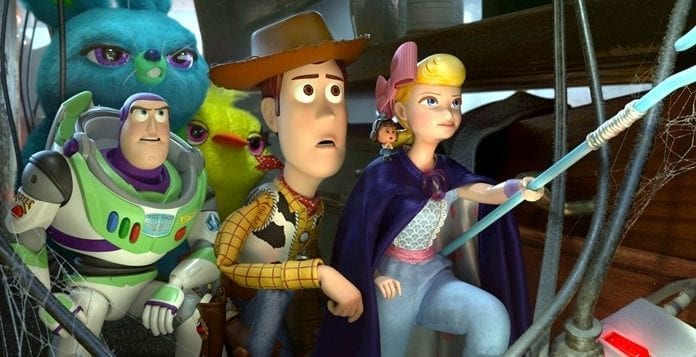
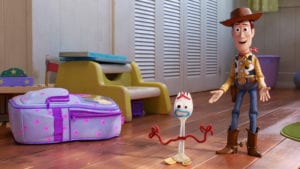
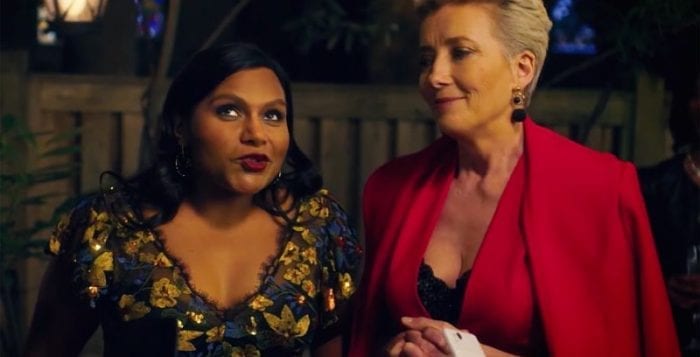


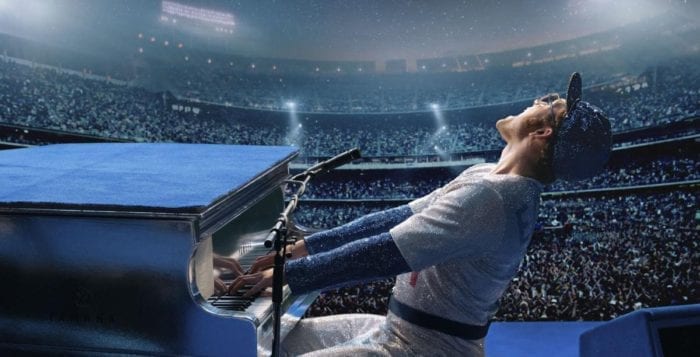

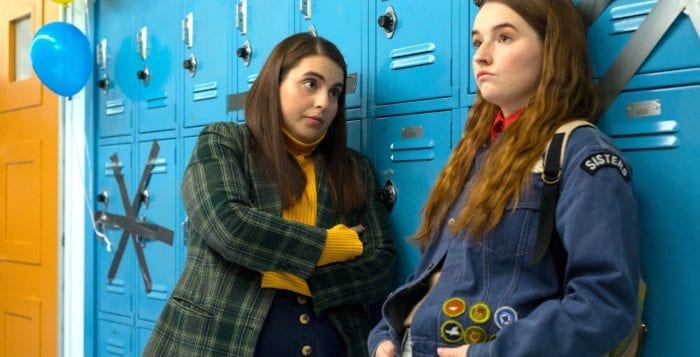
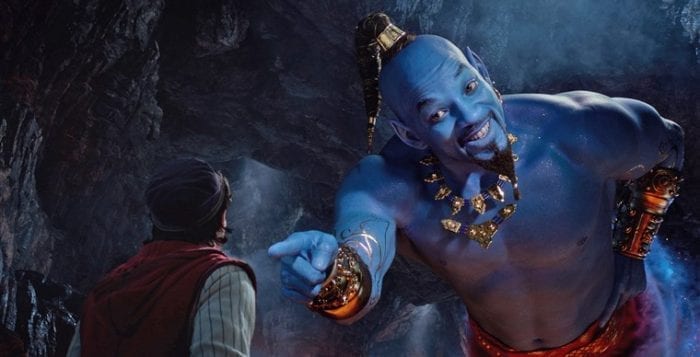
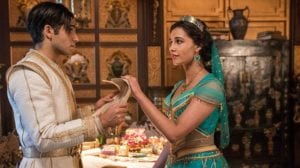
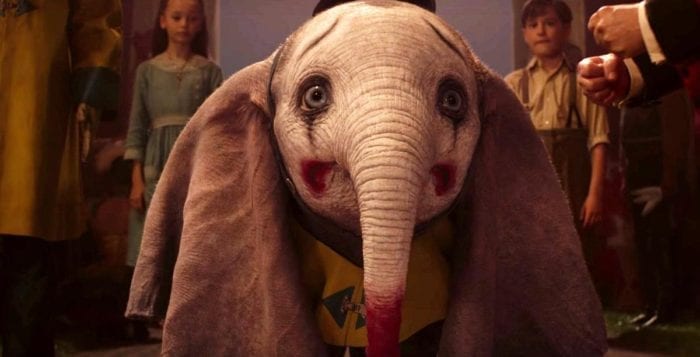
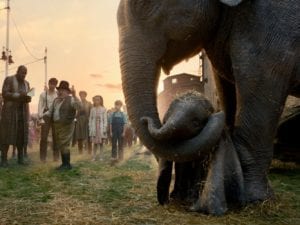 The story in both cases is that of the baby elephant, Jumbo Jr., a pachyderm born with giant ears. It is what makes him different that ultimately proves him special. These giant appendages give Jumbo Jr. — crowned Dumbo — the gift of flight. Ultimately, it is a tale of the “other” — a being ostracized for being different and then finding success, and, more importantly, joy in this distinction.
The story in both cases is that of the baby elephant, Jumbo Jr., a pachyderm born with giant ears. It is what makes him different that ultimately proves him special. These giant appendages give Jumbo Jr. — crowned Dumbo — the gift of flight. Ultimately, it is a tale of the “other” — a being ostracized for being different and then finding success, and, more importantly, joy in this distinction.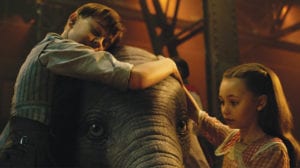 The story is set just after the end of World War I. Wounded soldier Holt (a brooding but sympathetic Colin Farrell) returns to a failing circus and to his children, Milly and Joe (Nico Parker and Finley Hobbins, in nicely understated performances). He has lost his arm to the war and his wife to influenza. The circus is run by a roguish charlatan, Max Medici (Danny DeVito, doing what he does and does well), and is populated by the expected archetypes — the mermaid, the strongman, the snake charmer, etc. Instead of pursing this world and background lives, Burton opts for broad strokes and frenetic action.
The story is set just after the end of World War I. Wounded soldier Holt (a brooding but sympathetic Colin Farrell) returns to a failing circus and to his children, Milly and Joe (Nico Parker and Finley Hobbins, in nicely understated performances). He has lost his arm to the war and his wife to influenza. The circus is run by a roguish charlatan, Max Medici (Danny DeVito, doing what he does and does well), and is populated by the expected archetypes — the mermaid, the strongman, the snake charmer, etc. Instead of pursing this world and background lives, Burton opts for broad strokes and frenetic action. While there are plenty of homages to the original (the lullaby “Baby Mine,” the pink elephants are particularly clever and a mouse in a uniform harkens to the antecedent’s sidekick), the film has a very modern point of view, especially on the issue of caging animals. It is an important message and one that needs to be heard, but rings oddly false in its period setting.
While there are plenty of homages to the original (the lullaby “Baby Mine,” the pink elephants are particularly clever and a mouse in a uniform harkens to the antecedent’s sidekick), the film has a very modern point of view, especially on the issue of caging animals. It is an important message and one that needs to be heard, but rings oddly false in its period setting. 


